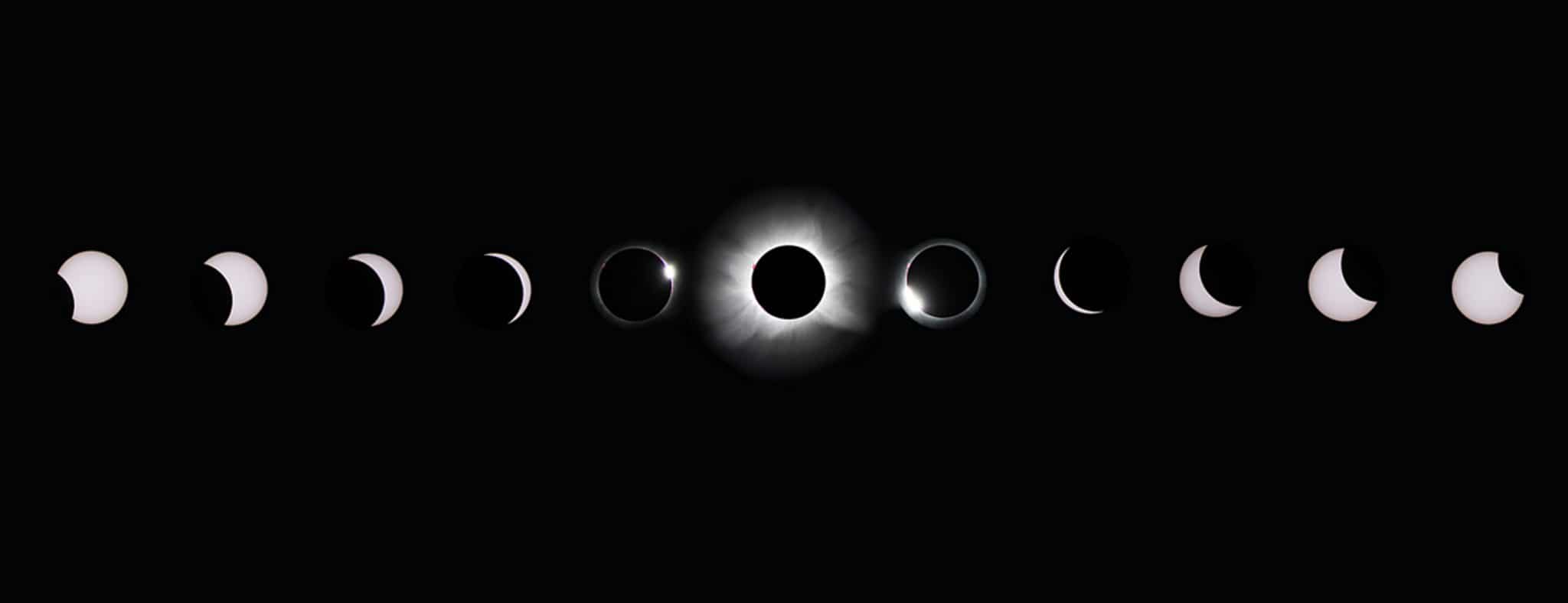image source: https://travelquesttours.com
Welcome to our article on the frequency of solar eclipses on Earth. Have you ever wondered how often these awe-inspiring celestial events occur? Look no further as we delve into the fascinating world of solar eclipses and uncover the answer to the burning question – how often does a solar eclipse happen on Earth? Join us as we explore the science behind this rare phenomenon and gain a deeper understanding of its occurrence on our planet. Let’s dive in!
Unlocking the Mystery: How Often Does a Solar Eclipse Happen on Earth?
A solar eclipse occurs when the Moon passes between the Sun and the Earth, blocking the Sun’s light and casting a shadow on the Earth. This rare celestial event has captivated humans for centuries, with cultures and civilizations across the world developing myths and legends to explain its occurrence. But how often does a solar eclipse really happen on Earth? The answer to this question is not as straightforward as one might think.
Firstly, it is important to understand that there are different types of solar eclipses. The most common type is a partial solar eclipse, where the Moon only partially covers the Sun. These can happen multiple times a year, with up to five occurring in a single year. However, a total solar eclipse, where the Moon completely blocks the Sun, is much rarer. On average, a total solar eclipse happens somewhere on Earth every 18 months. This means that a specific location on Earth will experience a total solar eclipse, on average, once every 375 years.
Why is a total solar eclipse so rare? It all comes down to the alignment of the Sun, Moon, and Earth. The Moon’s orbit around the Earth is tilted by about 5 degrees compared to the Earth’s orbit around the Sun. This means that most of the time, the Moon’s shadow misses the Earth, resulting in a partial eclipse. For a total solar eclipse to occur, the Moon’s shadow must fall directly on the Earth’s surface, and this only happens when the Moon’s orbit aligns with the Earth and Sun at the same time. This alignment is known as syzygy, and it only happens during a new moon.
Furthermore, the Moon’s distance from the Earth also plays a role in the frequency of total solar eclipses. The Moon’s orbit around the Earth is not a perfect circle; it is slightly elliptical. This means that the Moon’s distance from the Earth varies, and when it is further away, it appears smaller in the sky. When a total solar eclipse occurs, the Moon must be at the right distance from the Earth to perfectly block the Sun, known as the “Goldilocks zone.” If the Moon is too far away, it will not cover the Sun entirely, resulting in an annular eclipse. If it is too close, it will completely cover the Sun, but its outer edges will not be visible, creating a total eclipse that is shorter in duration.
The frequency of total solar eclipses also varies depending on the location on Earth. This is because the Moon’s shadow is relatively small, only about 100 miles wide. This means that the total eclipse can only be viewed from a specific path on Earth, known as the “path of totality.” This path can vary in width and length, with some eclipses only visible from a few parts of the world, while others can be seen from a larger area. Therefore, a location on Earth may experience a total solar eclipse more frequently if it falls within the path of totality for multiple eclipses.
In conclusion, a solar eclipse is a rare and awe-inspiring event that occurs when the Moon aligns perfectly with the Sun and Earth. The frequency of total solar eclipses varies, with an average of one occurring somewhere on Earth every 18 months. However, the specific location and duration of a total eclipse are dependent on factors such as the Moon’s orbit, distance from the Earth, and the path of totality. So while a total solar eclipse may not happen often inIn conclusion, understanding how often a solar eclipse occurs on Earth is a fascinating topic that continues to intrigue researchers and the general public alike. With careful observation and scientific research, we have been able to determine that a solar eclipse happens on average once every 18 months, but the exact frequency varies due to a variety of factors. By staying informed and keeping track of upcoming eclipses, we can all witness this awe-inspiring phenomenon and appreciate the wonders of the universe. Don’t miss out on the next solar eclipse and make sure to mark your calendar for this rare and unforgettable occurrence.
